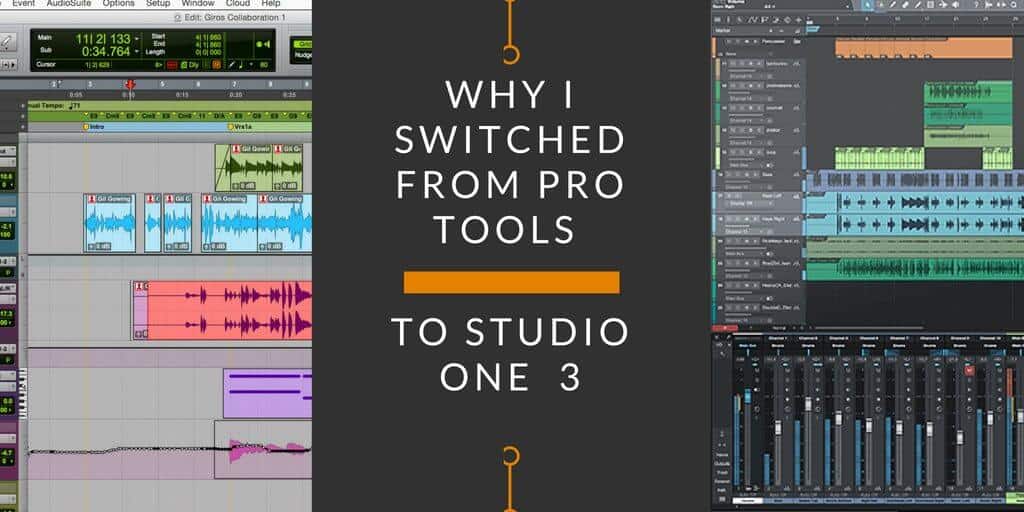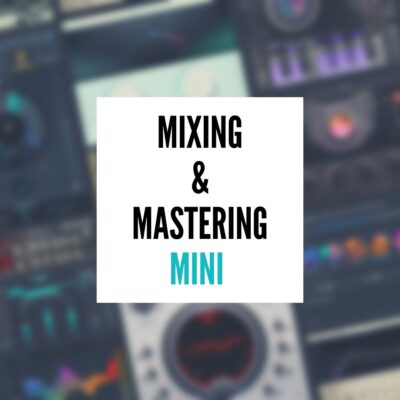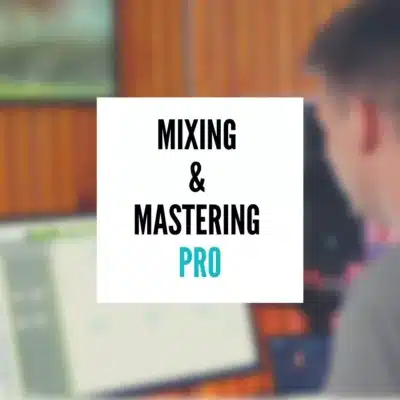I’ve been a daily Pro Tools user for about 15 years. I got my first engineering gigs because I learned how to use Pro Tools with the ancient audio media three cards. Unfortunately, over the past 3-4 years, I have seen feature improvements in other programs like Logic and I couldn’t understand why Pro Tools wasn’t adapting.
About four months ago, my friend told me I should check out Presonus’s Studio One 4. I did and instantly fell in love. It had all the features I had been wanting and more. It also operated much like Pro Tools, and I was able to use the same key commands so I could dive right in. I made the transition in about three days and have been mixing with Studio One on many of my mixes ever since.
What I love about Studio One
Melodyne – If you have to do a lot of vocal tuning, Studio One will be a game-changer for you. Melodyne is built into the platform, so all you have to do is pick the track you want to tune and click Melodyne. Melodyne instantly opens, and you are ready to start tuning. What’s even better is you can still edit the audio file with the Melodyne still on. So if you hear a breath or a click, no problem just take it out, and the melodyne will adjust.
Drag and Drop Inserts and Sends – Studio one has a sidebar that you can load all your favorite plugins into with thumbnail pictures of the plugin. This makes it easy to visually see the plugin you want. What’s even better is you can drag and drop the plugin to the track you want it on! Also, if you’re going to add reverb to a send, you can drag and drop the reverb plugin to the channel, and it will create a send and return with the plugin on the return. This is so much faster than trying to add a new send and return in Pro Tools.
Another huge drag and drop feature is the ability to drag and drop the whole effects chains to another channel. Say you have a leave vocal track with seven plugins on it, and you need to add those to another channel. All you have to do is click, and you can drag all seven plugins to the other channel at once. Even better, you can select five channels to drag it to, and it will load all the plugins for you.
Event FX – Event FX are the equivalent to Pro Tools Audio Suite. They work much the same way, but what’s cool is you can drag and drop plugins to event fx as well. Where event FX differs from Audiosuite is they are nondestructive. This means once you’ve added the effect you want, you click render, and all the processing power the plugins were using is rendered. However, say the client tells you they don’t like the vocalign you added. It’s effortless to un-render the file and you can take the vocalign off. What’s even better is you can stack them much like an insert. So you can have five plugins on one audio file, and continue to change the parameters though out the song.
What I miss from Pro Tools
Now, while I do love Studio One, there are still some things that Pro Tools does better.
Editing – While the editing in studio one is great, and keeps getting better, I still feel like the editing ability in Pro Tools is the best in the industry. It could be the fact I used Pro Tools for so many years. But It just feels more reliable to me when editing.
VariFi – This may not be a big deal to most, but I use the slow down effect quite a bit. With Varfi you click it and boom instant record slowdown. Studio one doesn’t have this. Now you can use a tape plugin to recreate it, and it works pretty well, but it still takes quite a few more steps and tweaking compared to the simplicity of VarFi.
Routing – This is a tough one because some of the routing in Studio One is so much better. For instants you don’t have all these random buses as you do in pro tools. When you send a track to a new bus it keeps the output that the track was origonally on, and the I/o ability with analog hardware is much easier to use. You can send from channels 3-4 and return on channel 10-12 if you want to in Studio One.
However, It’s a pain to send the same bus to two differnt tracks, you can’t use multiple master tracks, and if you like to record back into your session, it’s not so easy to export the recorded file. So depending on how you work, one might work better than the other for you.
Should you Switch?
That’s a question you really have to ask yourself. I still mix in both and tend to pick which one I’m going to mix in based on what I think will need to be done to make the some the best it can be. For example, if I have a hip-hop song that I’m going to be doing a lot of music drops and vocal editing. I’ll usually mix in Pro Tools. However, if I have a song that’s going to need a lot of vocal tunning, I’ll use Studio One. The great thing about studio one is you can choose to use Pro Tools Shortcuts, so bouncing back and forth between both DAW’s pretty seamlessly.
If your tired of Pro Tools and looking for something new give Studio One a shot, and check out my video below to see all the great features of Presonus Studio One







Thanks for the Studio One review. I’m considering changing myself. I have 10 years of PT sessions that I may need to go back to. That’s one of my concerns. How did you transition from that tether of needing to go back and grab old sessions? And, who makes the editing desk you use?
Hey Todd! I still have Pro Tools on my system, and still use it to mix if the session comes as a Pro Tools file. Nothing wrong with keeping it on your system so when you need it you can still use it. 🙂 Only switching to Studio One a few months ago, I still have recalls and radio edits that I have to bring up on Pro Tools, so it’s a must that I keep it. As far as the screen. That is a Slate Raven, and I just sold it. It worked better for Pro Tools then studio one. But even with Pro tools I didn’t use as much as I thought I would. I still need the physical touch so I’m back to my Persons Faderport, and just order the faderport 8.
I actually switched from Pro Tools to Cubase, cause I found Pro Tools failed for many of the same reasons you did but also cause it was painfully slow.
I get it Andre. Pro Tools has been a great system, but just fell back with the times.